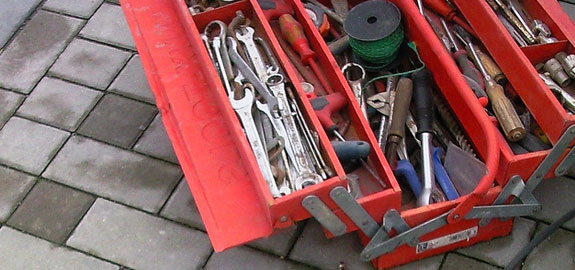Our Manufacturing Troubles are Cultural, not Economic
I’d say yes — albeit somewhat sadly.
There are at least six different reasons that traditional manufacturing is declining. They aren’t the obvious ones you’ve heard so much about — I’m not talking about labor costs, OSHA regulations, or protesters more concerned about pollution and plant life than production. My thoughts are a little more basic. I refer to them as the 6 D’s:
Dirt
We lost the race for raw materials years ago, as China and other more foresighted countries scooped up vast quantities of the minerals, compounds and rare earths essential to the production of virtually everything cellular or digital.
Durability
In a world of instant gratification and rampant disposability — where the packaging we discard costs more than the products we consume — who really cares about making durable goods and long-lasting products? We’re sick of stuff once it’s no longer shiny, and shiny never lasts.
Soon, new 3D printing technologies will encourage the development of even more kinds of disposable products. That’s bad for our production facilities, our population, and our planet.
Demand
Frankly, we’d rather not own anything these days. Between high maintenance costs, the devastating depreciation of everything physical, and rapid obsolescence, there’s really no reason to buy anything for the long run. We’ve become users and renters, not owners. Zipcar provides “cars for people who don’t want one.” That says a lot more about our lives today than merely pointing out our transportation preferences.
Desire
Our desire for certain things morphs over time, and our appetites change as well. And bragging about your property and your possessions just isn’t cool any more. We’re becoming much less materialistic. In the world of “Mad Men,” four things defined a man: his home, his car, his wife, and his shoes. Just think about how little this formulation has to do with the way we see our lives today, and you’ll appreciate the massive changes coming down the pike.
Demographics
I wrote recently that kids don’t care about cars, but things are much worse for manufacturers than that. As soon as kids reach the age where they can make their own durable goods purchases, they realize they don’t have any money. Instead of saving, they spend their time sucking down lattes from Starbucks. For Generation Y, everything is about the experience and the adventure and the trip, and not about things. Things are mainly a downer and a drag.
Digital
Digital is dictating everything. Everyone realizes that good ideas last much longer and are worth a great deal more than anything you can make with your hands. Unlike even the best physical objects, ideas and some digital goods can be easily shared. Once an idea is widely shared, it’s enhanced and expanded in its scope and its power, not diminished or lessened by broad distribution. That’s how we’ll generate growth in future. By manufacturing new ideas — not iPads.




Leave a Reply
Want to join the discussion?Feel free to contribute!